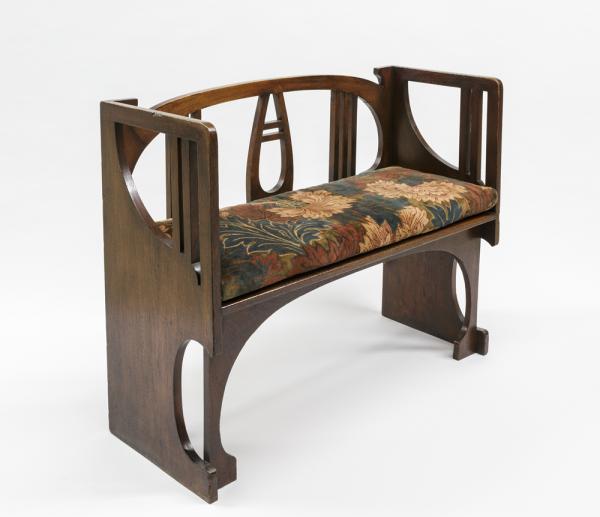LACMA’s Decorative Arts and Design Acquisition Committee (DA2) had its fourth annual meeting this March. It was a fabulous event, and through the group’s generosity, LACMA now has 12 outstanding new works for the permanent collection. (All the objects presented got acquired!) The works span three centuries (19th–21st) and five different collecting initiatives for the department (the international Arts and Crafts movement, California design, modern Mexican design, contemporary jewelry, and graphic design).
Thanks to DA2, LACMA’s renowned collection of Arts and Crafts movement works (assembled largely through the generosity of philanthropist Max Palevsky) includes eight exciting new pieces. All but one of these works are by designers not yet represented in the collection. The exception is a rare early settee by Josef Hoffmann, which, displayed alongside his later works already in LACMA’s collection, will allow us to illustrate the full career arc for one of Austria’s most important architects. With its inexpensive plank construction and emphasis on simple geometry, the settee exemplifies Hoffmann’s seminal, early association with the British Arts and Crafts movement.
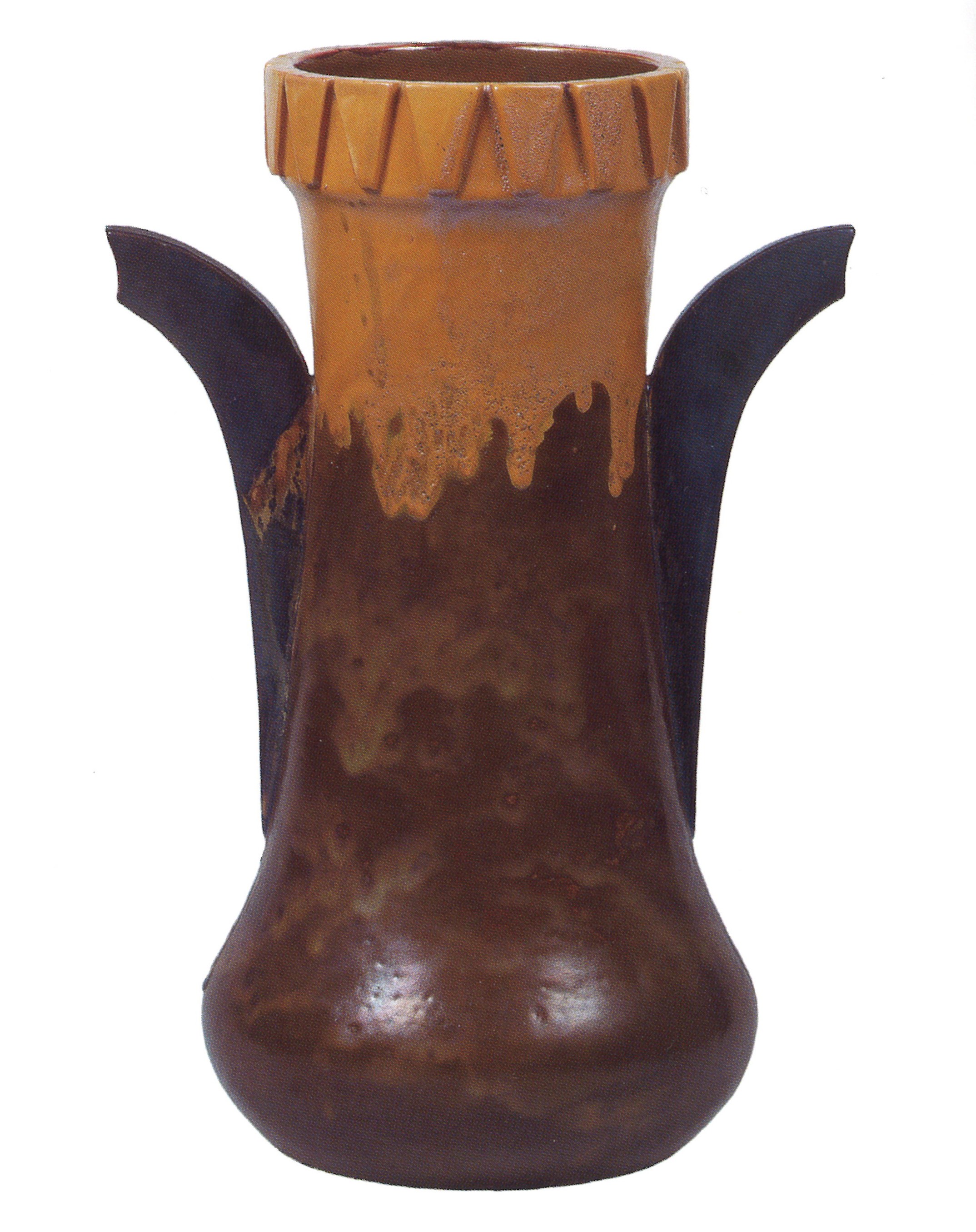
Similarly, a striking vase produced at the Kunstgewerbeschule (School of Arts and Crafts) also demonstrates the early fervor for Arts and Crafts ideology in Vienna. Under Hoffmann’s tutelage, students at the Kunstgewerbeschule learned to find “joy in labour” by making ceramics themselves and directly translating their designs into final forms. Borrowed for LACMA’s 2004 exhibition The Arts and Crafts Movement in Europe and America, the vase is one of the most remarkable examples made at this important school.
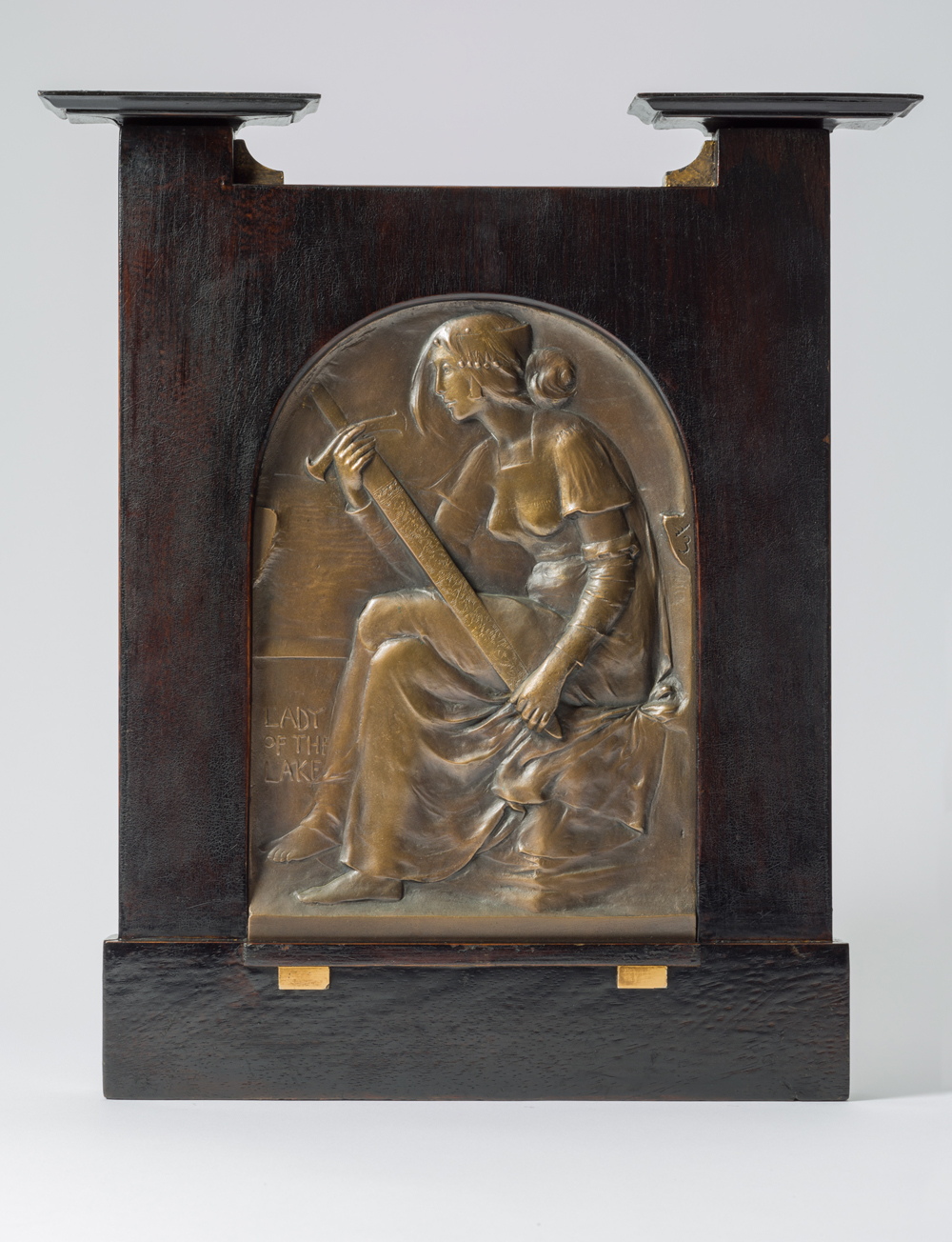
Noted British sculptor Sir George Frampton designed The Lady of the Lake in 1895 as one of nine silver-gilt reliefs inset into the doors of William Waldorf Astor’s famous London home and office. Frampton produced this bronze version shortly thereafter. The artist exhibited a series of these reliefs as framed, standalone works that could be purchased by Britain’s growing middle class as a means to bring art into their own homes.
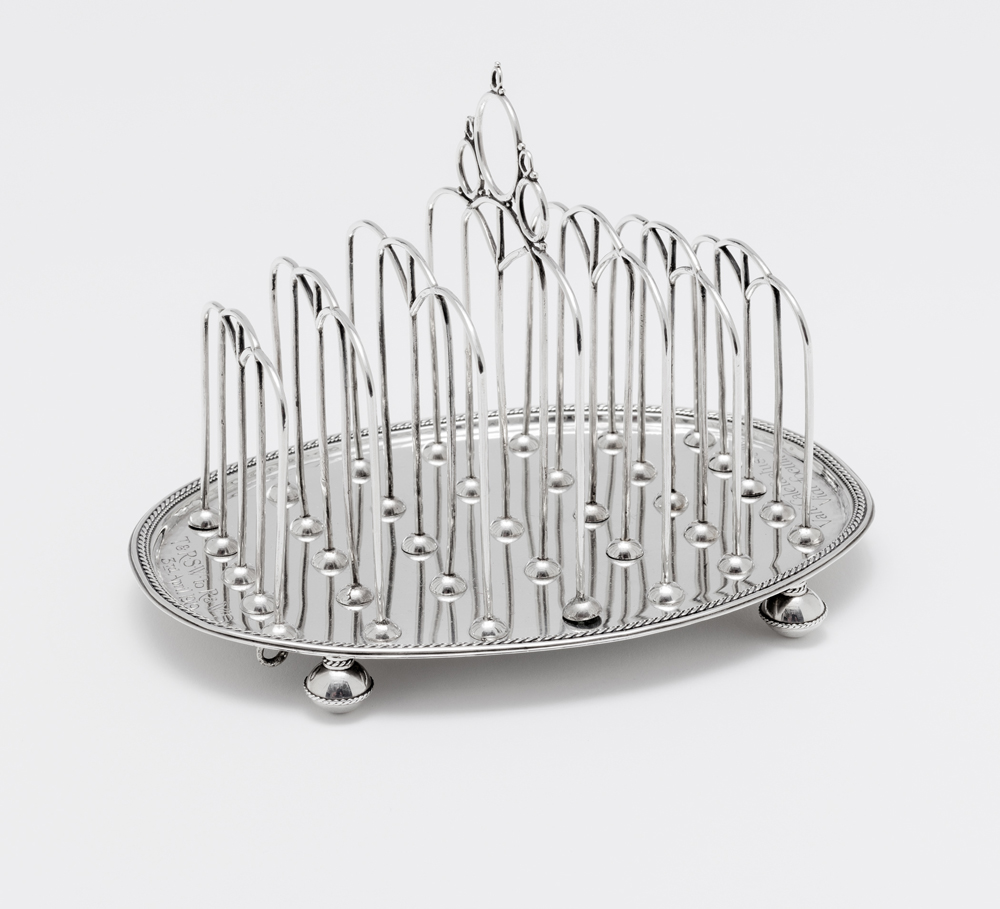
John Paul Cooper, a talented metalworker and Birmingham teacher, exhibited this toast rack form at the 1910 Arts and Crafts Exhibition Society show in London. While Cooper is best known for his jewelry and shagreen boxes, this delicate toast rack also showcases his mastery of silverwork. The work’s clean lines and straightforward construction demonstrate Cooper’s affinity for Arts and Crafts principles.
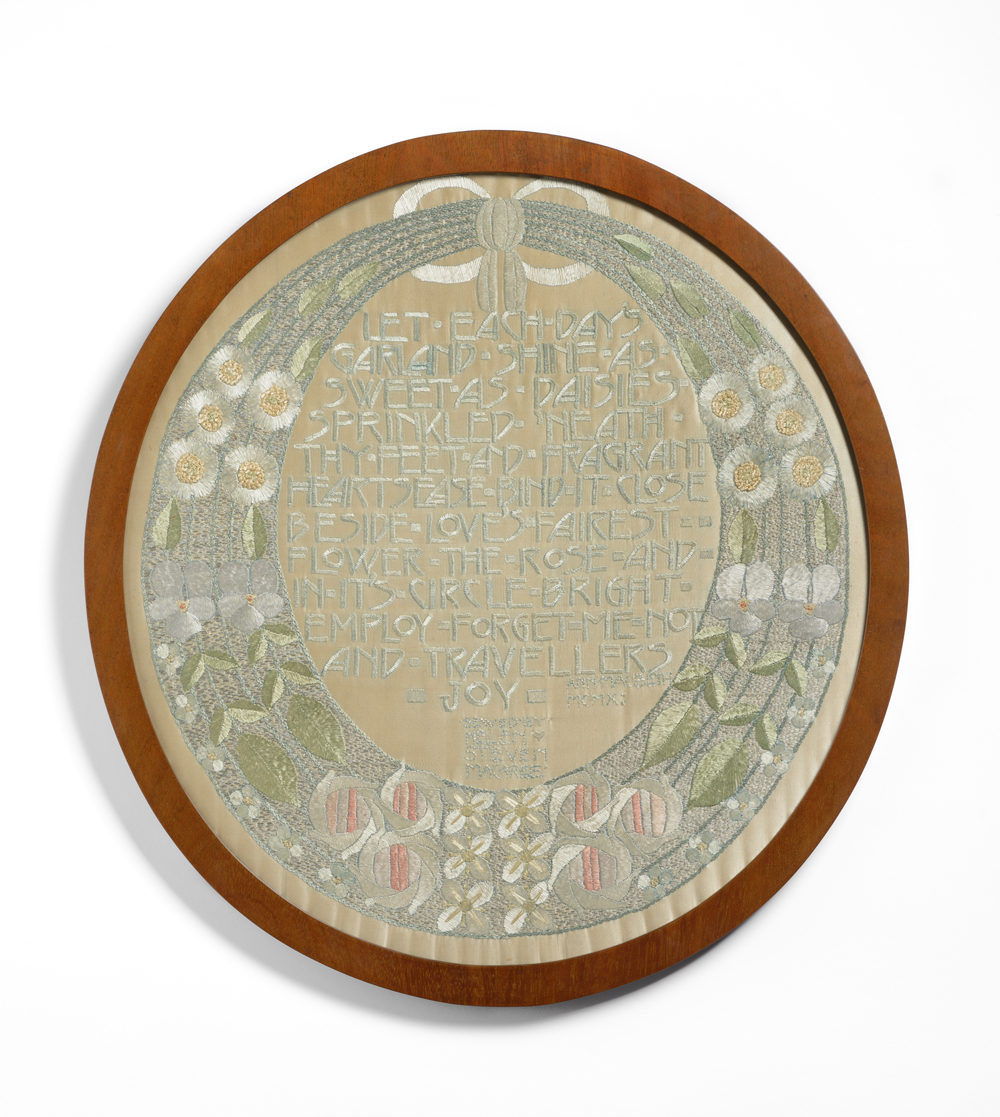
Designed by Ann Macbeth, this embroidery panel was worked by one of her talented students at the Glasgow School of Art. With Macbeth as head instructor, the school’s needlework program was celebrated as “the inspiring center for the new art of embroidery” in the Studio, Britain’s leading arts journal. This remarkably well-documented embroidery in the iconic Glasgow style is the only known work to feature both Macbeth’s name and that of her student (Helen Steven Macaree).
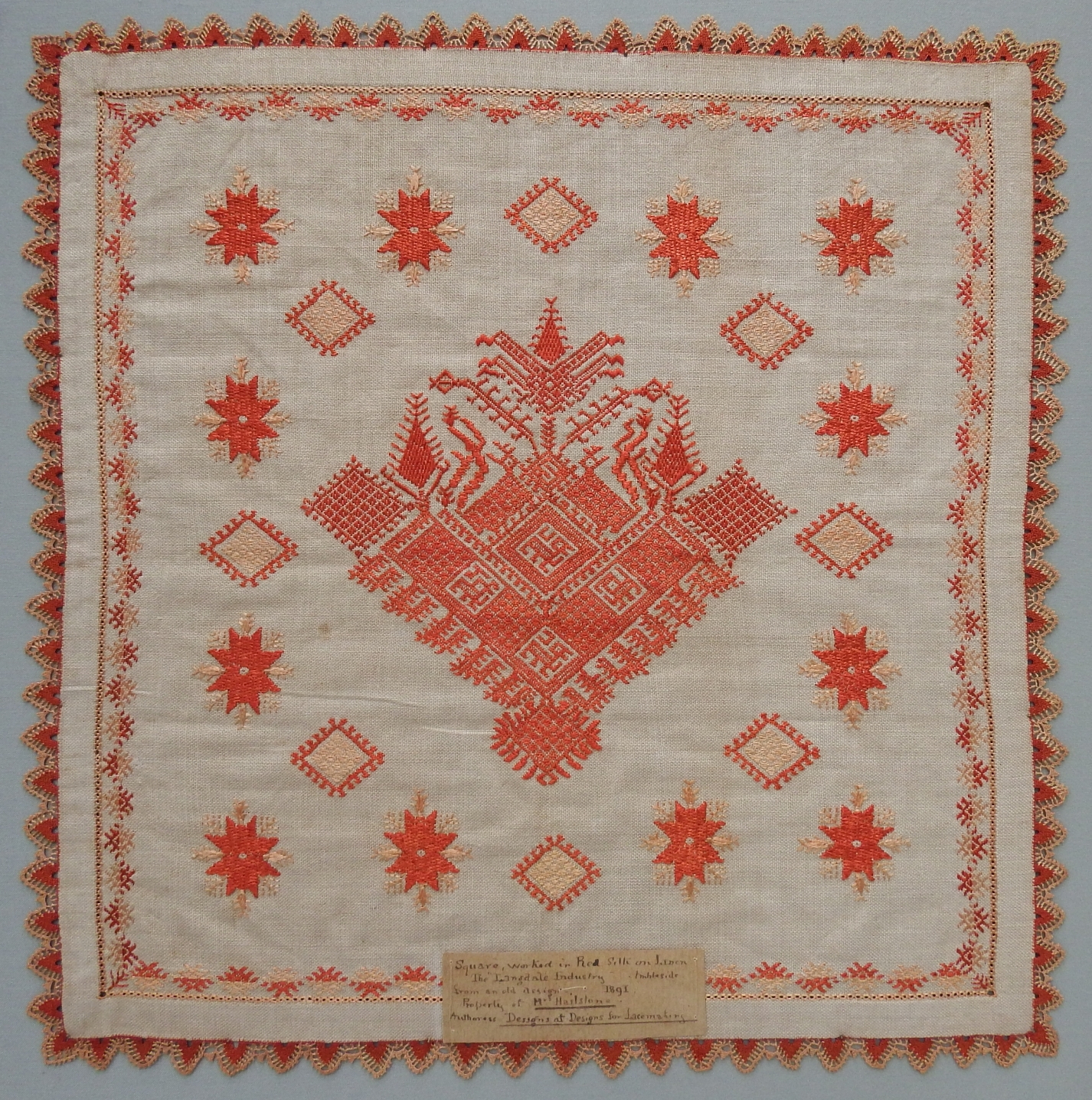
A second embroidery panel, equally well documented, highlights different aspects of the Arts and Crafts needlework revival. Providing employment for impoverished women in rural villages, the Langdale Linen Industry embraced country life by using local material and reviving traditional craft skills. Needlework offered women (in Glasgow, Langdale, and beyond) important opportunities for creative and satisfying work outside of Britain’s industrial factories.
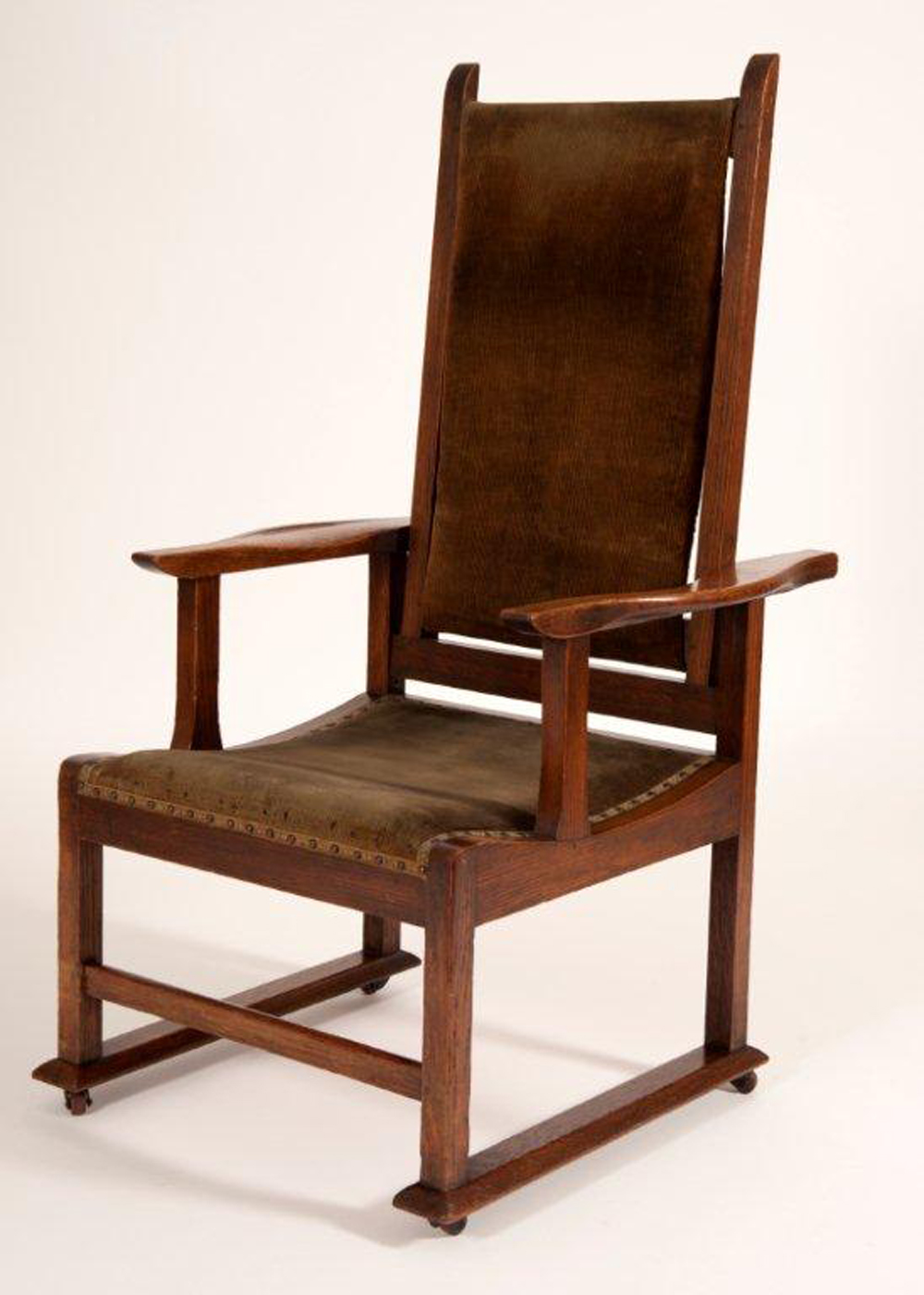
Arthur Simpson, who designed and made furniture by hand in England’s rural Lake District, also sought “joy in labour” through work in his small shop, aptly named “The Handicrafts.” In 1909, the great British architect C. F. A. Voysey designed a house for Simpson, a close friend and collaborator. This chair was used in the home and passed down through the Simpson family. It remarkably retains its original upholstery and exemplifies Simpson’s skilled woodwork.
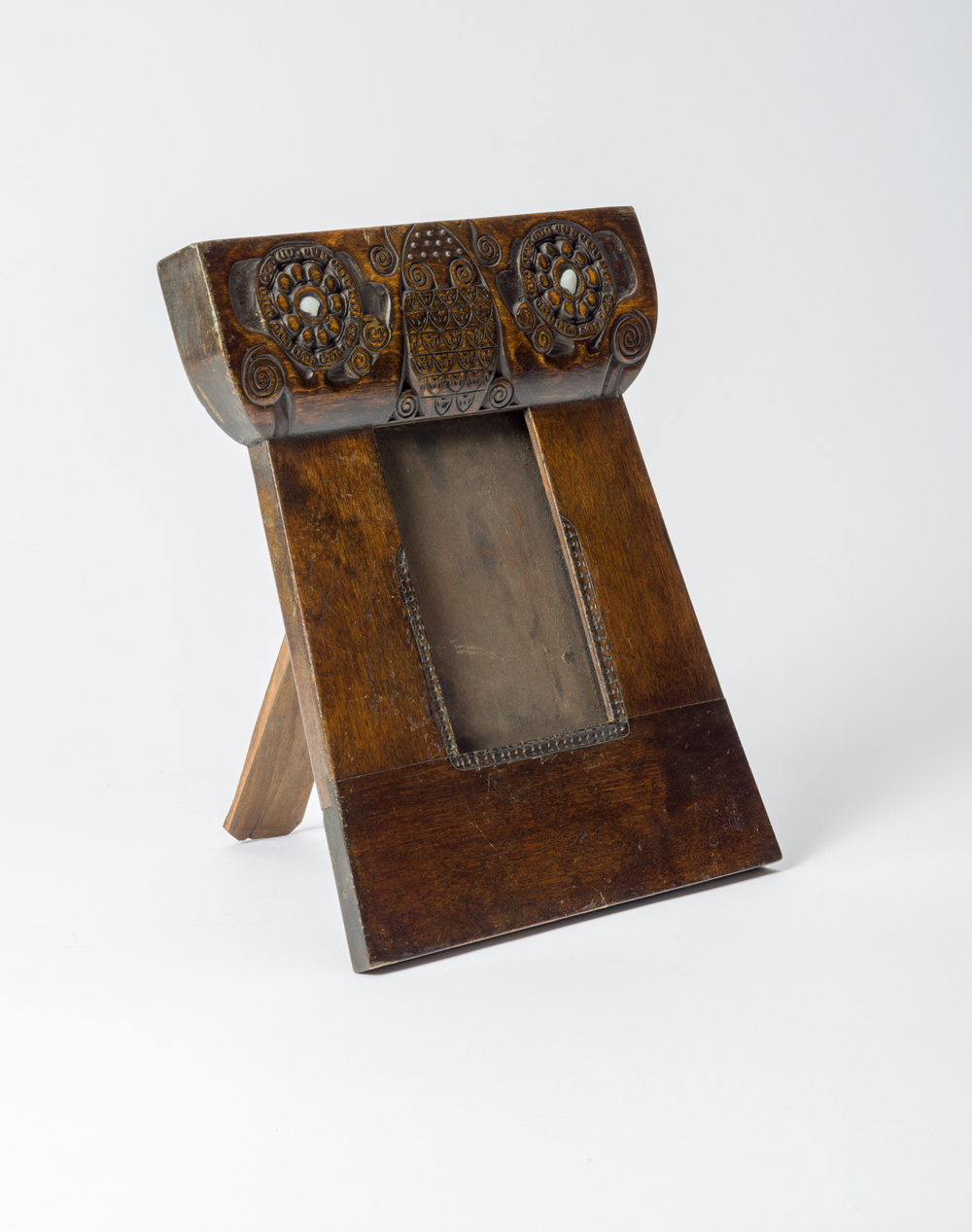
Like the previous two pieces, this handmade frame exemplifies the revival of rural peasant crafts. It was designed by Alexei Zinoviev, who had been artistic director of the Russian Arts and Crafts colony Talashkino from 1903 to 1905. Art colonies and workshops like that in Sergiev Posad (where this frame was produced) were important centers for revitalizing Russian crafts. As farm laborers moved in unprecedented numbers to Russia’s urban centers, the now endangered traditional craft activities became symbols of national identity.
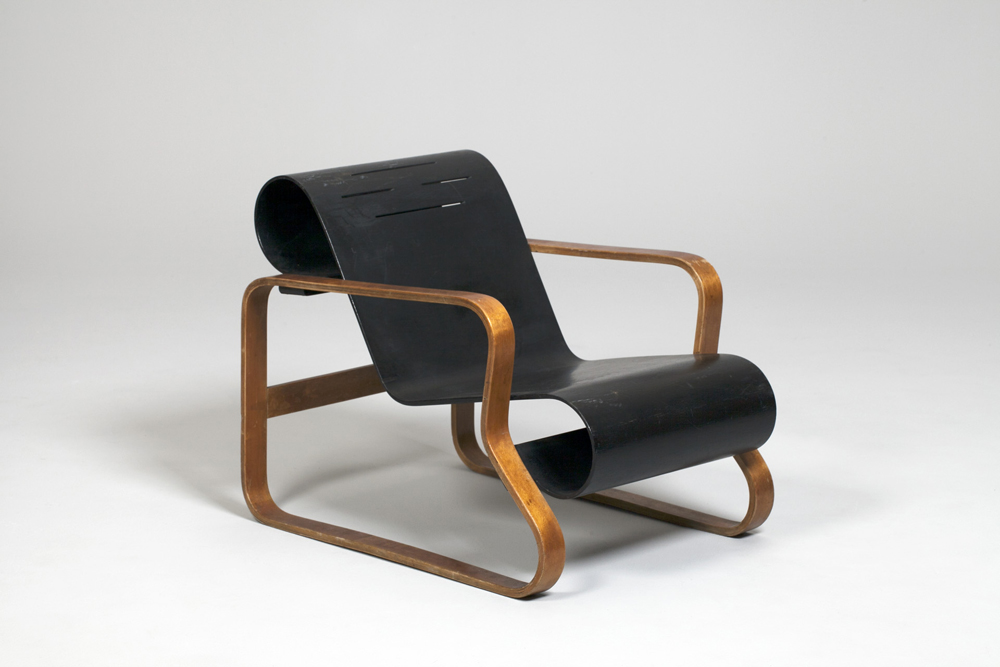
Moving on from our Arts and Crafts initiative, this chair by leading Finnish architect Alvar Aalto was a clear favorite for the DA2 group. With its simple yet dramatic curves in laminated plywood, the chair is an icon of modern design originally created for one of Aalto’s first major (and complex) commissions, the Paimio Tuberculosis Sanatorium. This particular version is a rare, early production model, manufactured shortly after the sanatorium was completed. It is the first example of Aalto furniture to enter LACMA’s collection and will help us tell the story of bent-plywood furniture and international modernism.
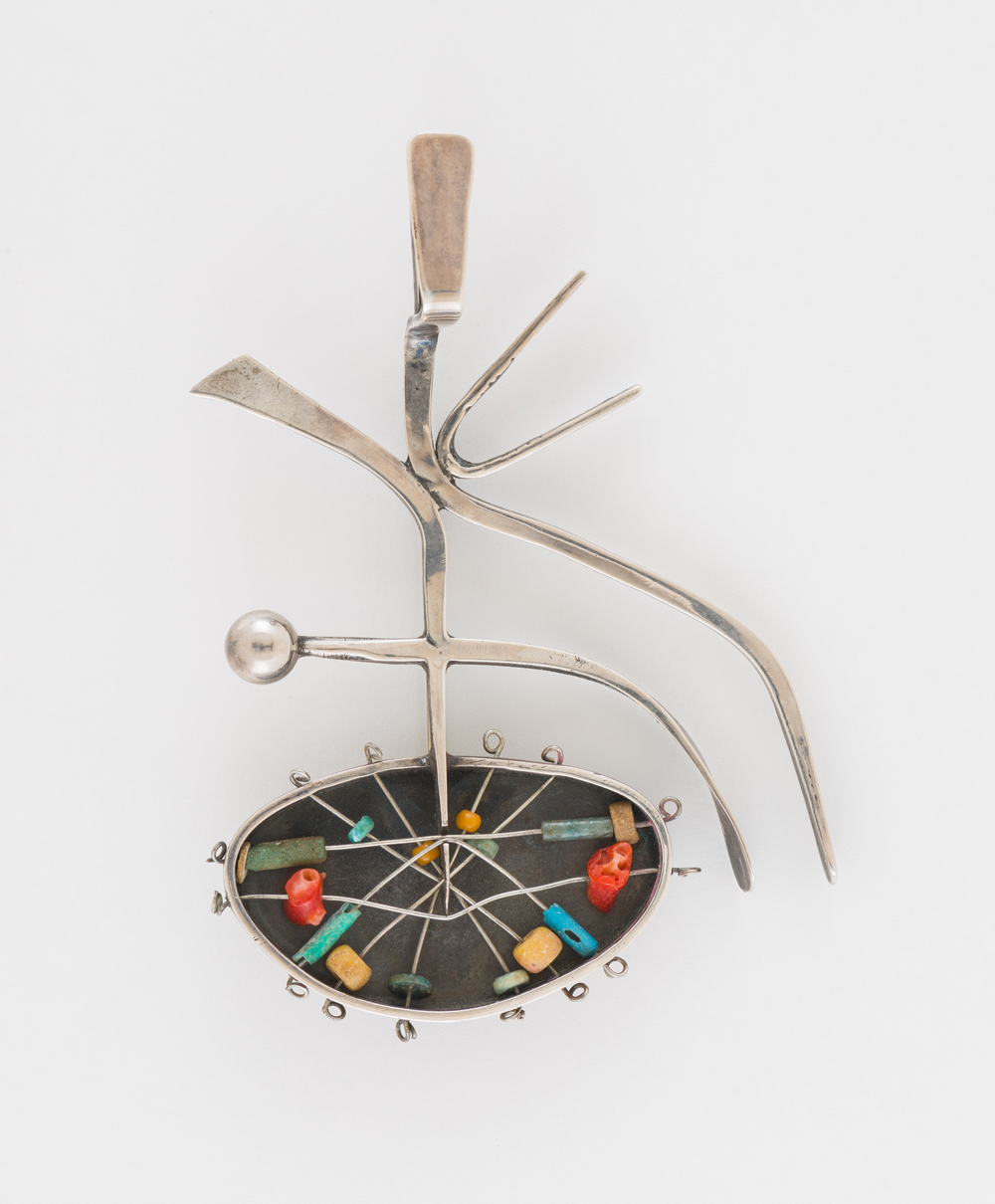
This pendant by San Francisco jeweler and artist Sammy Gee fits perfectly into both LACMA’s California design and jewelry collecting initiatives. Active in the bohemian circles of North Beach in the 1960s and 70s, Gee produced distinctive works in silver, which incorporate colorful beads and baubles that move his jewelry beyond the impersonal geometries of modernism.
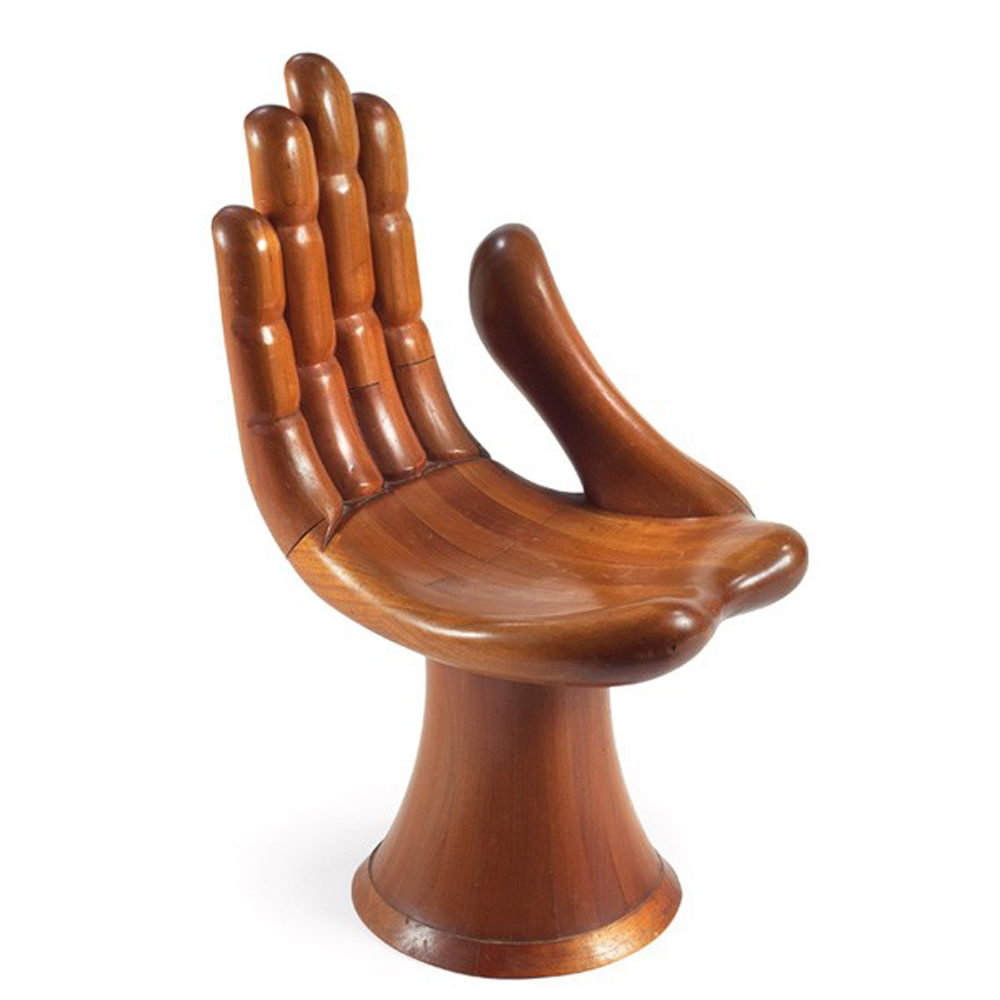
Similarly, Mexican artist and designer Pedro Friedeberg also rebelled against the cool, clean lines of midcentury modernism. Through fantastical, expressive forms, Friedeberg explored ideas of mysticism and the uncanny. His iconic Hand Chair, designed in 1961, has become one of the Mexico’s most famous furniture designs.
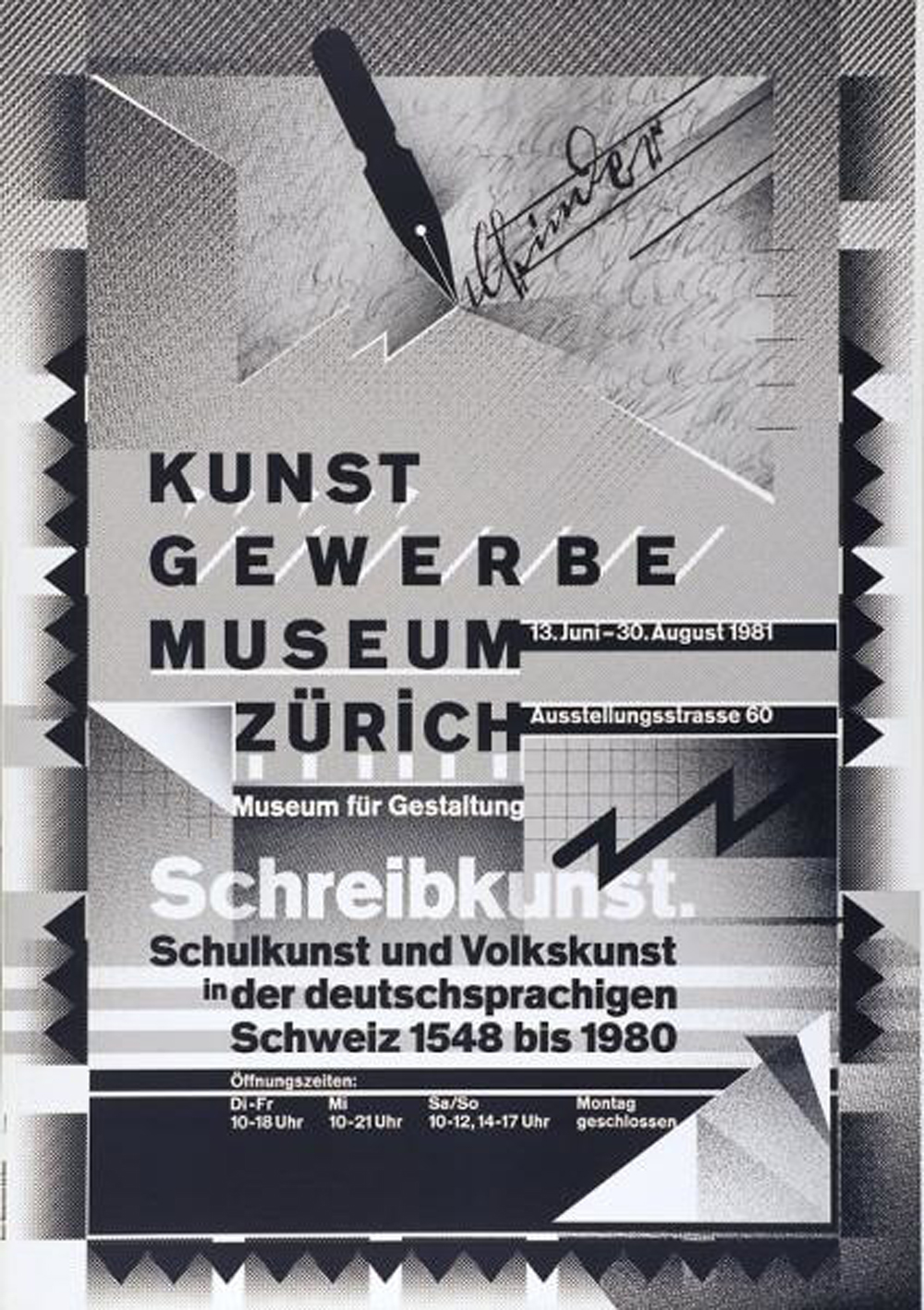
German-born graphic designer Wolfgang Weingart challenged the established typographic practices of international modernism with his own individualistic style. Experimenting with letter spacing and textures directly on the press, Weingart violated the traditional grid in this poster, which is one of 11 works designed between 1977 and 1984 that make up the gift.
Brigitte Zieger, Shooting Wallpaper, 2006 (excerpt of 9:30-minute loop), Los Angeles County Museum of Art and Nevada Museum of Art, purchased jointly with funds provided by the 2015 Decorative Arts and Design Acquisitions Committee (DA²) and by the Contemporary Art Acquisition Fund. © Brigitte Zieger
Inspired by 18th-century French toile de Jouy printed textiles and wallpaper, contemporary artist Brigitte Zieger has brought the pattern to life with this captivating video installation. The unexpected action of the female shepherdesses (who shoot as you see in the excerpt above) provides a thought-provoking commentary on gender and the “male gaze.” Slated for display alongside LACMA’s 18th-century collections later this summer, Shooting Wallpaper challenges visitors to look at design through the ages as not just passive but alive with meaning.
Each of the works acquired through the 2015 Decorative Arts and Design Acquisition Committee (DA2) has its own rich story and historical context. The diversity of these works and the department’s numerous collecting initiatives demonstrate LACMA’s commitment to presenting the history of design internationally. Support from DA2 and the Decorative Arts and Design Council make strategic acquisitions like these possible.



